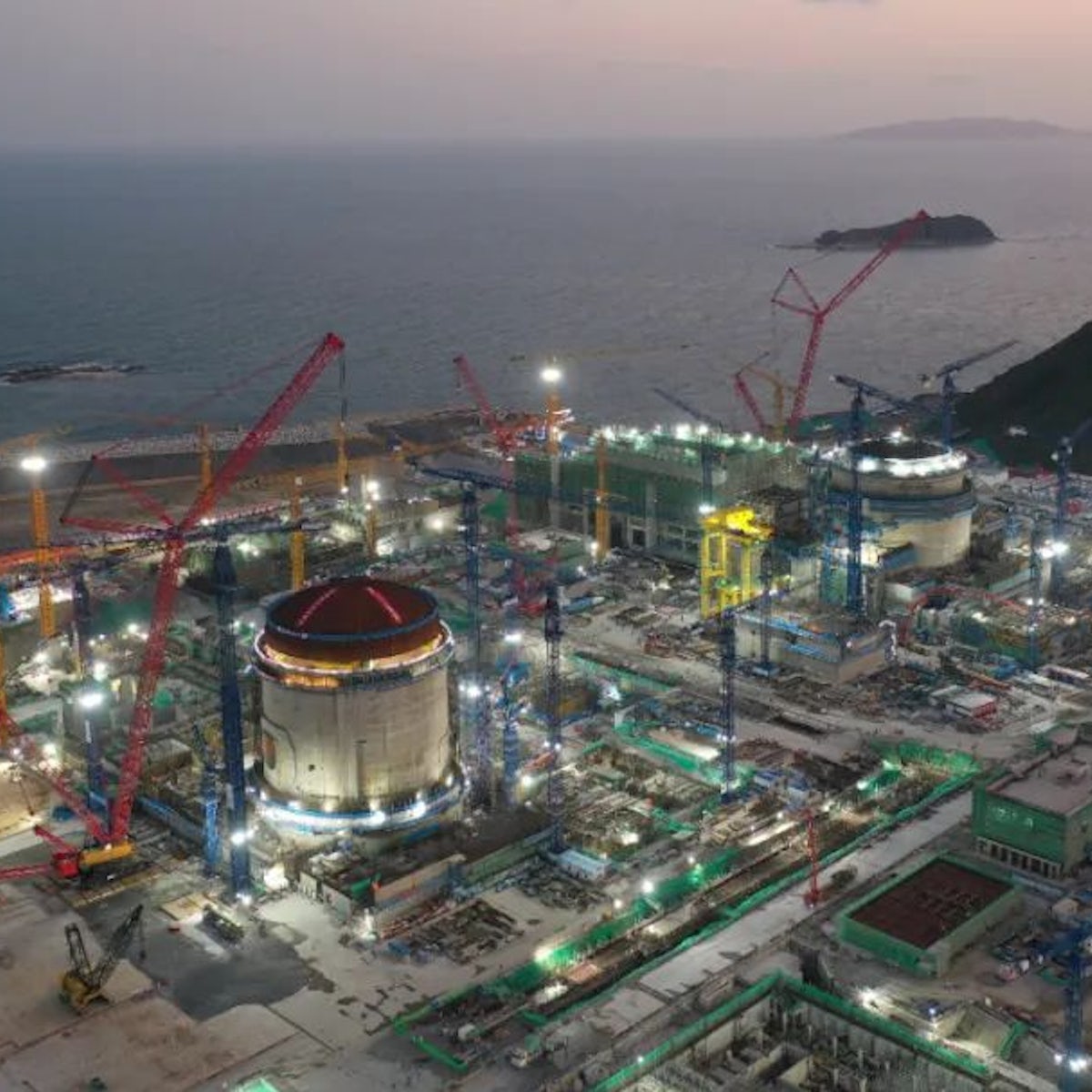IAEA says country is fastest expanding nuclear power generator in world.
China has approved the construction of four new nuclear power plants as it pushes ahead with ambitious plans to increase its installed reactor capacity to 70 GW (gross) by 2025, up from about 53 GW today.
The State Council granted approval for Units 3 and 4 at China General Nuclear’s existing Taipingling nuclear power station in Guangdong province, southern China, and for Units 1 and 2 at China National Nuclear Corporation’s new Jinqimen nuclear power station in Zhejiang province, eastern China.
Press reports in China said the approvals, which came late last month, brought the number of green-lit nuclear plants in China in 2023 to 10, the same number approved in 2022.
The Taipingling nuclear station will eventually have six indigenous Hualong One, or HPR1000 pressurised water reactor plants. The construction of the first and second units began in 2019 and 2020 with Unit 1 scheduled to start up in 2025 and Unit 2 in 2026.
In July, China’s State Council approved six new nuclear units to expand three existing stations in Shandong province, Fujian province and Liaoning province.
The state-run China Daily said the six approved units were units 5 and 6 of the Ningde nuclear station in Fujian province, southeast China; units 1 and 2 of the Shidao Bay station, also known as Shidaowan, in Shandong province, eastern China; and units 1 and 2 of the Xudabu (also Xudapu or Xudabao) station in Liaoning province, northeast China.
According to International Atomic Energy Agency data, China has 55 nuclear plants in commercial operation and 23 under construction, not including the four that have now been approved. In 2022 the nuclear fleet provided about 5% of the country’s electricity production.
Over the past decade China has added 37 nuclear reactors, according to the IAEA. During that same period the US, which leads the world with 93 reactors, added two.
The IAEA says China is the fastest expanding nuclear power generator in the world.
Beijing is trying to curb its reliance on coal, which pollutes the air and is hard to transport from the coal mines in the west and north of the country to the economically developed southeast coast, where China is building most of its reactors. With nuclear, it plans to increase energy security, lower its reliance on coal and oil and limit CO2 emissions while keeping up with its economic growth, the IAEA said.


